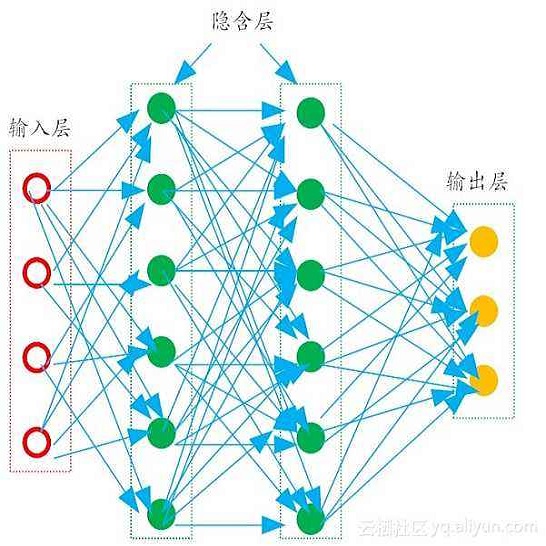We present two approaches to determine the dynamical stability of a hierarchical triple-star system. The first is an improvement on the Mardling-Aarseth stability formula from 2001, where we introduce a dependence on inner orbital eccentricity and improve the dependence on mutual orbital inclination. The second involves a machine learning approach, where we use a multilayer perceptron (MLP) to classify triple-star systems as `stable' and `unstable'. To achieve this, we generate a large training data set of 10^6 hierarchical triples using the N-body code MSTAR. Both our approaches perform better than previous stability criteria, with the MLP model performing the best. The improved stability formula and the machine learning model have overall classification accuracies of 93 % and 95 % respectively. Our MLP model, which accurately predicts the stability of any hierarchical triple-star system within the parameter ranges studied with almost no computation required, is publicly available on Github in the form of an easy-to-use Python script.
翻译:我们提出了确定三星级系统动态稳定性的两种方法。第一,改进了自2001年以来的Marbling-Arseth稳定性公式,从2001年起,我们开始依赖内轨道偏心,并改进了对双轨道倾角的依赖。第二,采用机器学习方法,我们使用多层光谱(MLP),将三星级系统分类为“稳定”和“不稳定”。为此,我们利用N-body 代码MSTAR,生成了10+6级的大型培训数据集。我们两种方法都比以前的稳定性标准要好,MLP模型表现最佳。改进的稳定性公式和机器学习模型的总体分类精度分别为93%和95%。我们的MLP模型准确预测了所研究的参数范围内任何等级三星级系统的稳定性,几乎不需要计算,在Github上以容易使用的Python脚本的形式公开提供。



